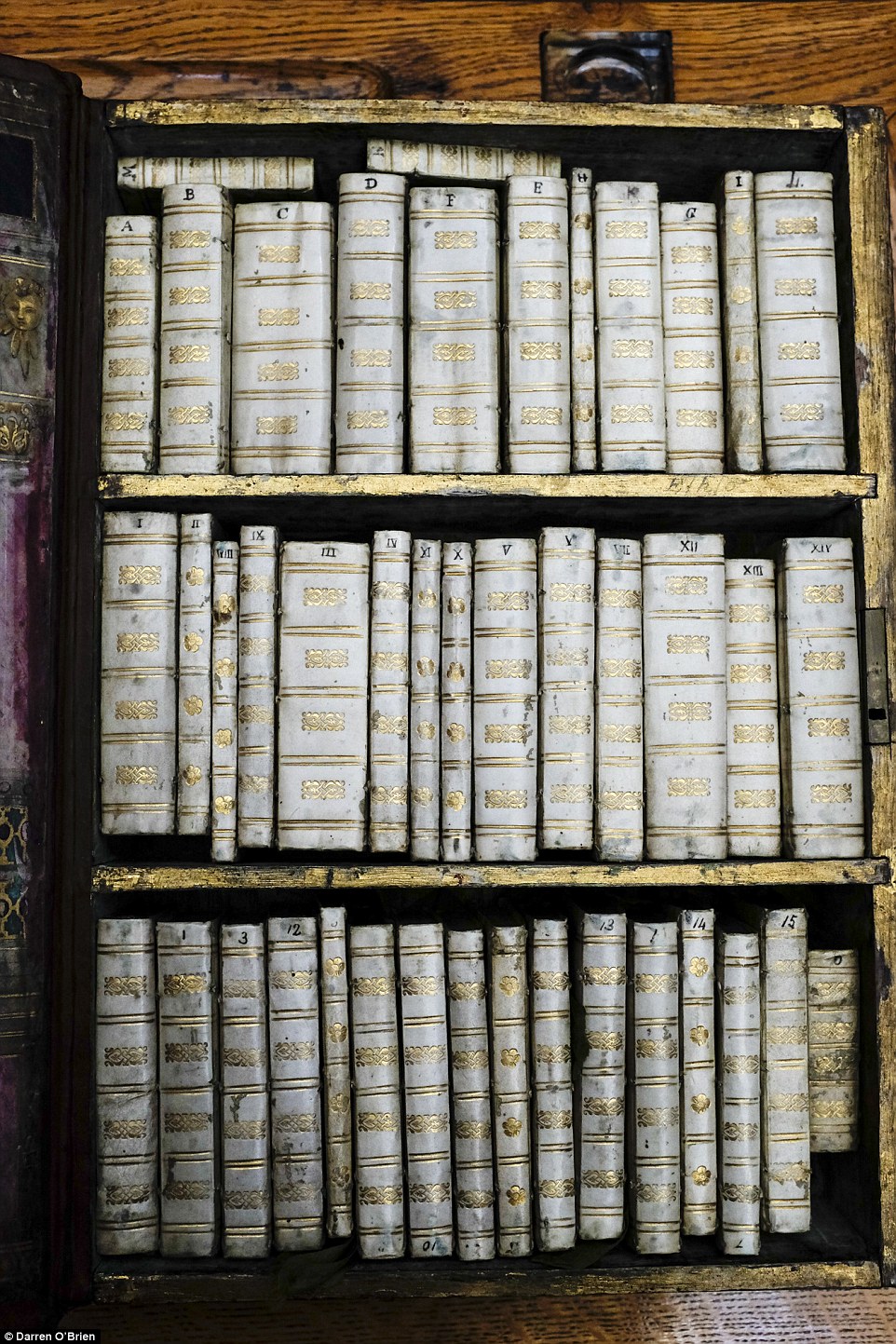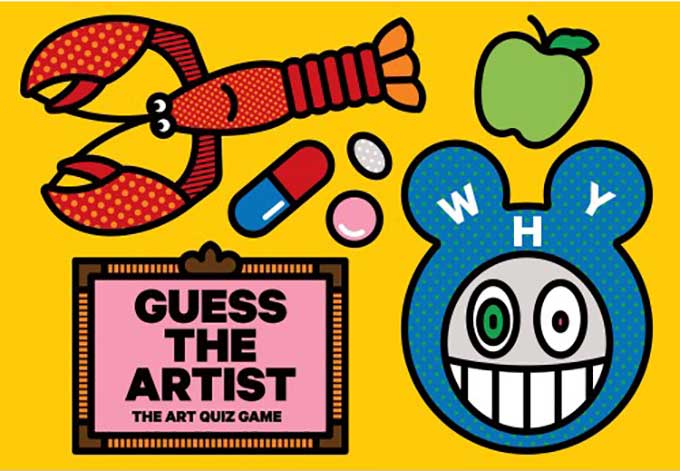via Boing Boing by Rob Beschizza

Said to be the first example of a portable, miniaturized selection of books, this 17th-century traveling library toured England and was reportedly commissioned by William Hakewill, MP., who liked it so much he made several more.
Continue reading
=============================
via the New Statesman by Lucy Hughes-Halletta
All three of these books raise questions about the still problematic idealisation of women in combat.
There are two ways of telling about war, writes Svetlana Alexievich. There is what she calls the man’s way: “How certain people heroically killed other people and won. Or lost. What equipment there was and which generals.” Then there is the woman’s way. Knowing that during the Second World War about a million women served in the Soviet army, or fought with the partisans, Alexievich set out, in 1978, to ask them about their experiences.
She conducted more than 500 interviews. Some women turned her away. More often they welcomed her. “Come… Finally somebody wants to hear us,” they said. But they had trouble finding the words. Sometimes they could hardly speak for weeping. Sometimes they were silenced by their menfolk: husbands coached them in details about troop movements and chains of command, as though a man might be shamed by a wife who wanted to talk instead about how dead soldiers, their heads shaved, reminded her of a field of potatoes; about how she dreaded being torn to pieces by a shell and lying exposed, indecent and ugly, in death.
Continue reading
=============================
via ResearchBuzz Firehose: British Library blog
I can't reproduce the images from the blog, sorry. H.
Here at the British Library we have just completed our latest digitisation project, with over 100 manuscripts added to our website between January 2016 and July this year. The project, funded by a private donor, has focused on collection items in French and other European vernacular languages that are notable either for their illuminations or for texts of particular interest.
Continue reading
Online access is better than no access but please, if you are in London near St Pancras, do go to the British Library and see some of the manuscripts for yourself in the main exhibition gallery.
=============================
via Arts & Letters Daily: Chris Quintana in The Chronicle of Higher Education

A scholarly monograph that’s been in the works for three decades? Trust us, old university press hands say: We’ve seen worse.
David W. Congdon was recently reviewing the contracts he had inherited as a new acquisitions editor at the University Press of Kansas when he came upon a project due in 1987.
Mr. Congdon offered the author a chance to void the contract and to absolve himself of responsibility for the dangling project. But the writer declined, saying he would finish the manuscript instead. Both parties did acknowledge that the book on political science might need some updating.
“There’s only so much energy an editor can put into trying to track down a project and reach conclusions,” Mr. Congdon said. “There was kind of a mutual sense, ‘If you’re ready to get back into this project and keep working on it, you’re welcome to do so.’ It’s a valuable project, and it’ll be worthwhile. I am hopeful that it will come to fruition.”
Continue reading
=============================
via Boing Boing by Adam Gelbart

Guess the Artist (available for pre-order) is an art history quiz game that comes in a sleek, colorful package. Each of the 60 cards gives three clues from which the players must guess an artist (who is named on the back, like a flashcard). The clues/illustrations, which are done by Craig & Karl, range from things the artist might have worn to methods and iconography that they used.
Continue reading
=============================
via the New Statesman by Dan Jackson
Stuart Maconie tells the story of the men who marched from Tyneside to London.
There were several long-distance protest marches to London between the wars. Some involved many thousands of marchers and some were met with violence, but the only one that is widely remembered today is the “Jarrow Crusade” of October 1936. From 1851 to the early 1930s, the Tyneside town of Jarrow had launched a thousand ships, from tankers and colliers to cruisers and battleships – but as a result of postwar government cost-cutting and a global economic downturn, the area’s main employer, the Palmers shipyard, was forced to close in 1933, putting thousands out of work.
In 1936, as unemployment dragged on and government support failed to materialise, Jarrow’s local council arranged for 200 out-of-work local men to march to parliament – accompanied by their MP, “Red Ellen” Wilkinson – to “obtain the sympathy of the general public” and petition Stanley Baldwin’s Conservative government to provide work for the town.
Continue reading
=============================
via OUP Blog by James Moran

Plaque in Saint Patrick’s Park, Dublin. Emkaer, CC BY-SA 3.0 via Wikimedia Commons.
This year marks the 137th anniversary of the birth of Seán O’Casey, one of the best-known of all Irish playwrights. His works first enthralled audiences at Dublin’s Abbey Theatre during the 1920s, and in the years since then his dramas have been repeatedly revisited by actors and directors. In particular, O’Casey’s Dublin dramas have repeatedly appeared onstage in some high-profile stagings during the past twelve months.
O’Casey set his best-known play The Plough and the Stars (1926) during the 1916 Easter Rising, and he takes a subversive and irreverent look at all sides in the conflict. This year, Dublin held a series of high-profile commemorative events over the Easter period to mark the one hundredth anniversary of the rebellion, and in the midst of all, O’Casey’s play appeared at the Abbey, which is the National Theatre of Ireland. Simultaneously, at the other end of O’Connell Street, Dublin’s well-known Gate Theatre staged an Easter version of O’Casey’s early work Juno and the Paycock (1924), a drama which is set during the 1922 Civil War. Then, hot on the heels of these shows, the Dublin Theatre Festival featured a four-and-a-half hour play, It’s Not Over, which took its cue from O’Casey’s 1916 script. And during the summer and autumn of 2016, the National Theatre of the UK staged another version of The Plough and the Stars, for which I wrote some programme notes and hosted a day of lectures, where attendees had the chance of hearing from the wonderful O’Casey director Wayne Jordan, the leading theatre-scholar Nicholas Grene, and the acclaimed novelist Mary Morrissy.
Continue reading
=============================
via Arts & Letters Daily: Fleur Jaeggy in The New York Review of Books
In 1803, the guillotine was a common children’s toy. Children also had toy cannons that fired real gunpowder, and puzzles depicting the great battles of England. They went around chanting, “Victory or death!” Do childhood games influence character? We have to assume that they do, but let’s set aside such heartbreaking speculations for a moment. War – it’s not even a proper game – leaves influenza in its wake, and cadavers. Do childhood games typically leave cadavers behind in the nursery? Massacres in those little fairy-dust minds? Hoist the banners of victory across the table from the marzipan mountain to the pudding! It’s perhaps a dreadful thought, but we’ve seen clear evidence that both children and adults have a taste for imitation. Certainly, such questions should be explored, and yet let us allow that there is a purely metaphysical difference between a toy guillotine and war. Children are metaphysical creatures, a gift they lose too early, sometimes at the very moment they learn to talk.
Continue reading
=============================
via Interesting Literature
In this week’s Dispatches from the Secret Library, Dr Oliver Tearle looks at the work of the master of the comic dialogue, Lucian of Samosata
It all started with a Syrian writer about whom he know virtually nothing. He was born in around AD 120 and died in 180, or thereabouts. His hometown was Samosata, on the bank of the Euphrates in what is now Turkey but was at the time part of the Roman province of Syria. He is known as ‘Lucian of Samosata’ – or, more frequently, Lucian – and he has a claim to being the inventor of two literary genres, though his claim to one is somewhat more robust than the other.
Continue reading
=============================
via Boing Boing by David Pescovitz

In 1967, John Lennon tooled around London in a Rolls-Royce Phantom V personalized with a psychedelic paint job. After years traveling around to various US museums, the car recently returned to London for a new Rolls Royce exhibit at Bonhams.
Continue reading
No comments:
Post a Comment